Create Android and iOS App using HTML, CSS and JS
Learn to develop Android and iOS apps using HTML, CSS, and JS with the Ionic Framework. Ideal for web developers and students looking to enhance their skills.
Brief Summary
This course teaches you how to create mobile apps for Android and iOS using your web development skills and the Ionic Framework. You’ll learn by building a practical Friends List App and using cloud storage with Parse, making it easy and fun to dive into mobile app development.
Key Points
- Develop mobile apps for Android & iOS using HTML, CSS, and JS.
- Learn to use Ionic Framework with Angular.js for dynamic updates.
- Use Parse for cloud data storage, making app development easier.
- Build a Friends List App to manage friends and their data.
- Set up your own development environment for Ionic.
Learning Outcomes
- Be able to develop mobile applications for both Android and iOS.
- Gain hands-on experience with Ionic Framework and Angular.js.
- Understand how to use Parse for backend data management.
- Learn to create dynamic apps that update in real time.
- Set up and run your own development environment for Ionic.
About This Course
Start developing apps for Android & iOS just by writing code using HTML, CSS and JS with the Ionic Framework.
This course is an essential for Web Developers, Professionals and Students who wish to develop Mobile Apps using the web development skills they have (HTML, CSS and JS).
At the end of this course, you will be capable enough to develop mobile apps for Android and iOS using the web development skills you already have. We will start by using basic Ionic Components. While the course, you will learn how to use Angular [dot] js to build dynamic apps that update in real time. The course will also introduce you to Parse, an amazing Platform as a Service which allows users to store their app data on the cloud and lets the developer completely focus on their app instead of worrying about the server. We will learn how to store data on Parse and then manipulate it using our Ionic Application.
Finally, we will learn to deploy Ionic applications on real Android Devices.
The aim of this course is not to cover as much Ionic components as possible but to create an Application with as minimum components as we can so that user can easily use the application. We will make a dynamic app that updates its data in real time using Parse.
We will create a Friends List Android App that contains the list of friends which can be extended by adding new friends to the list, deleting friends or updating data for existing friends. This idea can be extended to build a cloud based contacts manager app. This app will your thought process rolling and you will start thinking in terms of Ionic Framework.
And once you have started, sky is the limit.
Set up development environment for Ionic Framework
Download and Install Ionic Framework and Prerequisites
Understand Basic Ionic Templates
Course Curriculum
4 Lectures
4 Lectures
6 Lectures
6 Lectures
11 Lectures
Instructor

More Courses By
Manoj S.
Good tutor.Content is a little old and needs updation
- Helpful
- Not helpful
Mark R.
The course is outdated because it uses a resource no longer available but still very helpful to someone just getting started. if to be continued as a course, needs to update the area that no longer has the resource.
The tutor is very knowledgeable and sets out the course in manageable chunks.
I've gained a lot as a 'newbie'.
- Helpful
- Not helpful
Sam J.
Clear easy to follow presentation.
Concepts explained well
- Helpful
- Not helpful
Sean C.
Poor audio quality
- Helpful
- Not helpful
Jason M.
Clear trainer
- Helpful
- Not helpful
Smit S.
Good Course
- Helpful
- Not helpful
Christo Z.
Very easy to follow... We need an alternative to Parse.
- Helpful
- Not helpful
Marcela M.
it has been just a few minutes and i've been learning so much already
- Helpful
- Not helpful
Christopher P.
Very comprehensive and informative course. Easy to follow and understand.
Worth every dollar.
- Helpful
- Not helpful
Your email address will not be published. Required fields are marked *

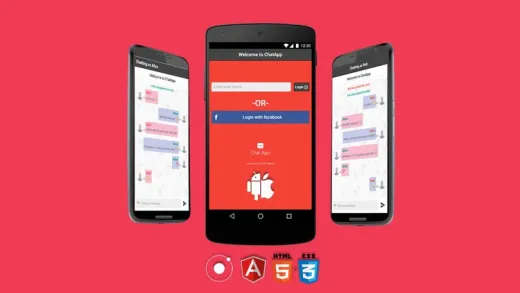
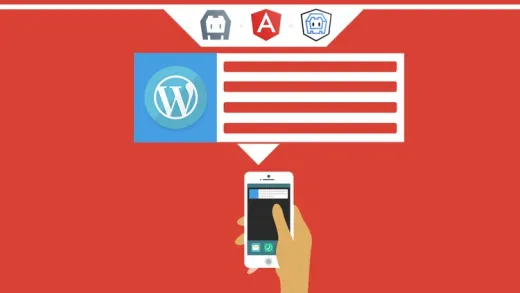
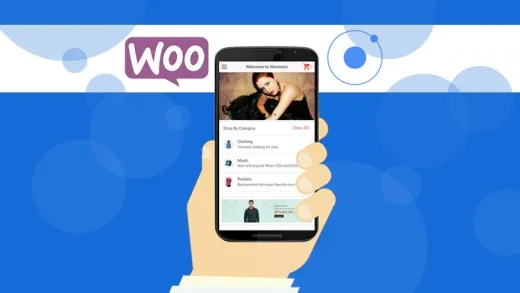
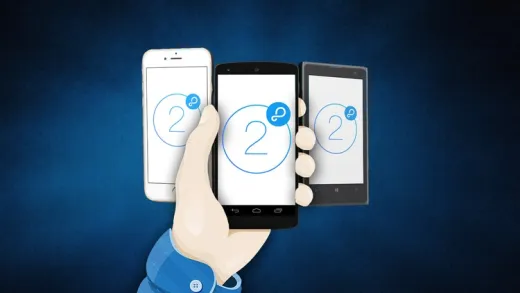
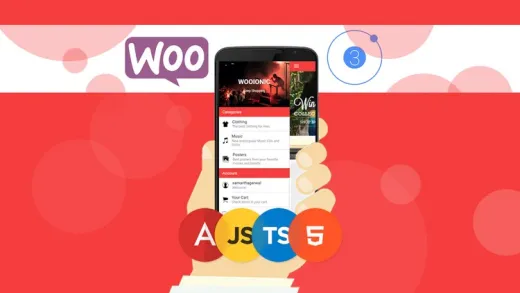
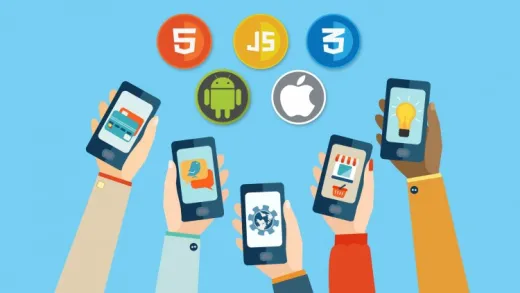

Walter F.
Easy to follow. Only thing is that the tutorial is a bit old, and the terminal results are a bit different. There is no default template, like in the video, but in the latest version Ionic asks me te choose one.